JEJU ISLAND
Søndag 30. mars reiste eg på 3 dagers jentetur til naboøya JEJU. Me budde på Ocean Suites Jeju Hotel som låg i Jeju City, sentralt og flott hotell.
HALLASAN 1950 moh
Målet for turen var å nå toppen på Sør Koreas høgaste fjell; Hallasan. Mandag morgon stod me opp kl 5.30, tok taxi frå hotellet kl 6.30, og begynte å gå kl 07. Me gjekk ruta frå Gwaneumsa på 600 moh som vert rekna som den mest krevande. Det me ikkje var førebudd på var snø frå ca 1000 moh, og me hadde nok hatt god nytte av broddar :) Men stavar gjorde og nytten. Det var ei flott rute å gå, og me møtte nesten ingen andre som gjekk denne vegen. Kl. 12 nådde me toppen, og då hadde me sol og god sikt. Fantastisk flott! Nedatt tok me ein annan veg (den flest går) til Seongpanak, og brukte 3 timer på returen.
 |
Ved Seongpanak var det greitt å få fatt i taxi. Me hadde bestilt spabehandling på hotellet, og rakk dette akkurat :)
Tirsdag 010414: DOLHARBANG PARK
"Of all the museums, historic sites, temples, and places of interest around Jeju Island, none capture the attitude and beliefs of Jeju people quite like the Dolharbang Park. Dolharbangs (돌하르방) can be found everywhere on Jeju Island. From small ones in private gardens to large ones that greet you at the entrances historic sites, the Dolharbang is a distinguishing mark of Jeju. Also known as “Stone Grandfathers”, Dolharbangs are human-esque statues made from the volcanic rock that is abundant on Jeju-do. Carved into the shape of a man with bulbous eyes, a large nose, squeezed lips, with two hands placed on his stomach, the Dolharbang can be both a comfort and a threat. Depending on the time, weather, and even your own mood, it is said that a Dolharbang can be smiling at you with loving eyes or scowling at you, warning off danger. Because of this ability to change, Dolharbangs have long fulfilled many purposes for the people of Jeju. They have been used to guard castle gates and to intimidate imposing soldiers. They were prayed to by people looking for happiness. Most of all, Dolharbangs are revered for their power to help women conceive a son. In ancient Jeju, women who wanted sons would spend each night praying in front of a Dolharbang, even going as far as to drink water mixed with crushed rock from the Dolharbang’s nose. Dolharbang Park was created to honor these mystic guardians as well as keep the legends and knowledge of them alive. Set in the midst of Jeju’s mountainous landscape, the park is a great place to spend an afternoon and get a real taste of authentic Jeju."
(http://www.10mag.com/10-classics/2012/12/17/travel-dolharbang-jeju)
Denne dagen planla me 3 stopp på øya. Me avtalte med taxisjåføren at han venta på oss og køyrte oss vidare til neste stopp. Han likte jobben, og hjalp oss å kjøpe inngangsbillettar og tok foto av oss :) Skikkeleg service! Me fekk oss flott biltur langs kysten. For å ha privatsjåfør denne dagen betalte me litt under 90 000 won. Taxi er billeg her!
2. stopp: MANJANGGUL LAVA TUBE
Manjanggul Cave [UNESCO World Heritage] (만장굴 [유네스코 세계자연유산])
"Manjanggul Cave (만장굴) is one of the finest lava tunnels in the world, and is a
designated natural monument. A lava tunnel is formed when the lava that was deep
in the ground spouts from the peak and flows to the surface. Manjanggul Cave has
a variety of interesting structures inside including 70cm lava stalagmites and
the lava tube tunnels.
Only 1km of the 13,422m Manjanggul Cave is open to the tourists. The inside of the tunnel sustains at a temperature of 11~21℃, creating a comfortable atmosphere. There are rare animals such as bats living in the tunnel, which makes this tunnel valuable for researchers as well. The stone pillars and stalactites are widely spread and the tunnels shows off the cave’s topographical features. The Stone Turtle is especially eye-catching because it is shaped like Jeju-do Island."
Only 1km of the 13,422m Manjanggul Cave is open to the tourists. The inside of the tunnel sustains at a temperature of 11~21℃, creating a comfortable atmosphere. There are rare animals such as bats living in the tunnel, which makes this tunnel valuable for researchers as well. The stone pillars and stalactites are widely spread and the tunnels shows off the cave’s topographical features. The Stone Turtle is especially eye-catching because it is shaped like Jeju-do Island."
(visitkorea.or.kr)
Stilig telefonkiosk :)
3. STOPP: Jeju Haenyeo Museum
Spennande historie om kvinner som yrkesaktive fridykkere! Tøffe damer!!
"Haenyeo refers to female divers who dive into the ocean water to gather various shellfish, seaweed, etc, without using any underwater diving equipment. When diving underwater, a haenyeo carries only a pair of goggles, a round ball-like tube to keep her balance, and a basket to put her collections in. Such women involved in the fishing industry are known to be scattered all around Jeju-do, Korea, Japan, and Russia.
Jeju-do has established the Jeju Haenyeo Museum to introduce to the world the unique activities and culture of Jejudo’s haenyeo female divers. Exhibition Hall 1 is entitled “Haenyeo Diver’s Life” and has a restoration of a traditional haenyeo’s home, and her meals. Also on display, to show a more realistic view into their daily lives, are the various utensils used by female divers.
Exhibition Hall 2 displays a pair of haenyeo divers’ goggles and the fishing spheres they often use underwater. Her traditional working outfit is also on display along with various historical records and haenyeo-related materials.
Exhibition Hall 3 has an underwater theme called “The Sea” and displays the fishing industry’s culture. Traditional fishnets and fishing equipment are on display including small ship models and salt farm models.
The Jeju Haenyeo Museum exhibits various photos of haenyeo female divers and their activities, to provide an accurate picture of their lives. The Jeju Haenyeo Museum also has an observatory from where visitors can see an excellent view of the Hado-ri area, which has a garden with various sculptures and a resting area. The first floor lobby has a souvenir shop where visitors can purchase a variety of souvenirs related to haenyeo female divers."
(visitkorea.or.kr)
http://barbarahammer.com/films/diving-women-of-jeju-do/
Kysten her er utruleg vakker! Jeju vert kalla Koreas Hawaii
Så fekk me sjå ein av dykkerdamene og :)
Det vart også tid til litt shopping i Jeju City. Øya er bl.a kjent for sitt reine vatn, sunne te og Hallabong frukt (minner om appelsin).




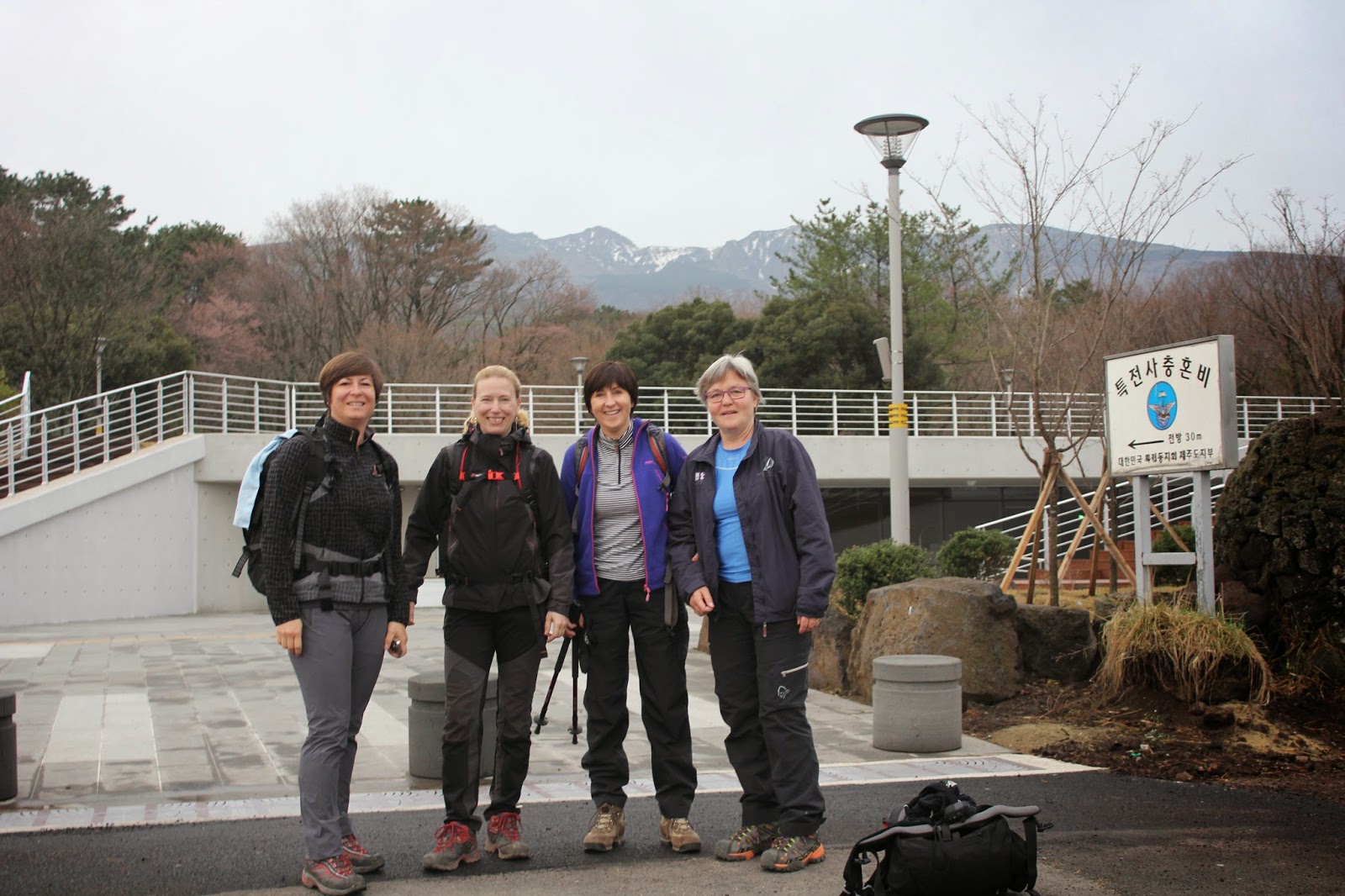




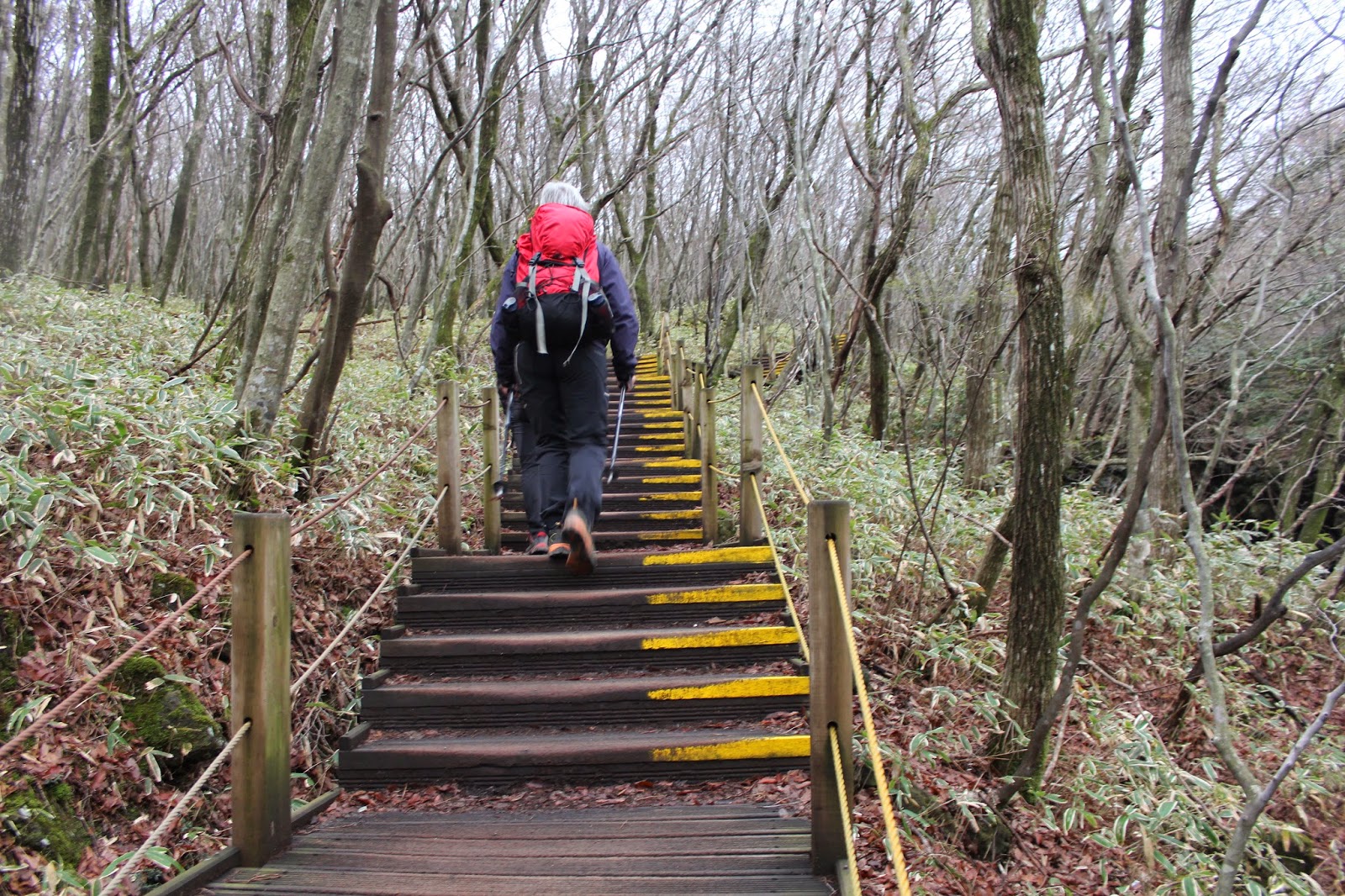

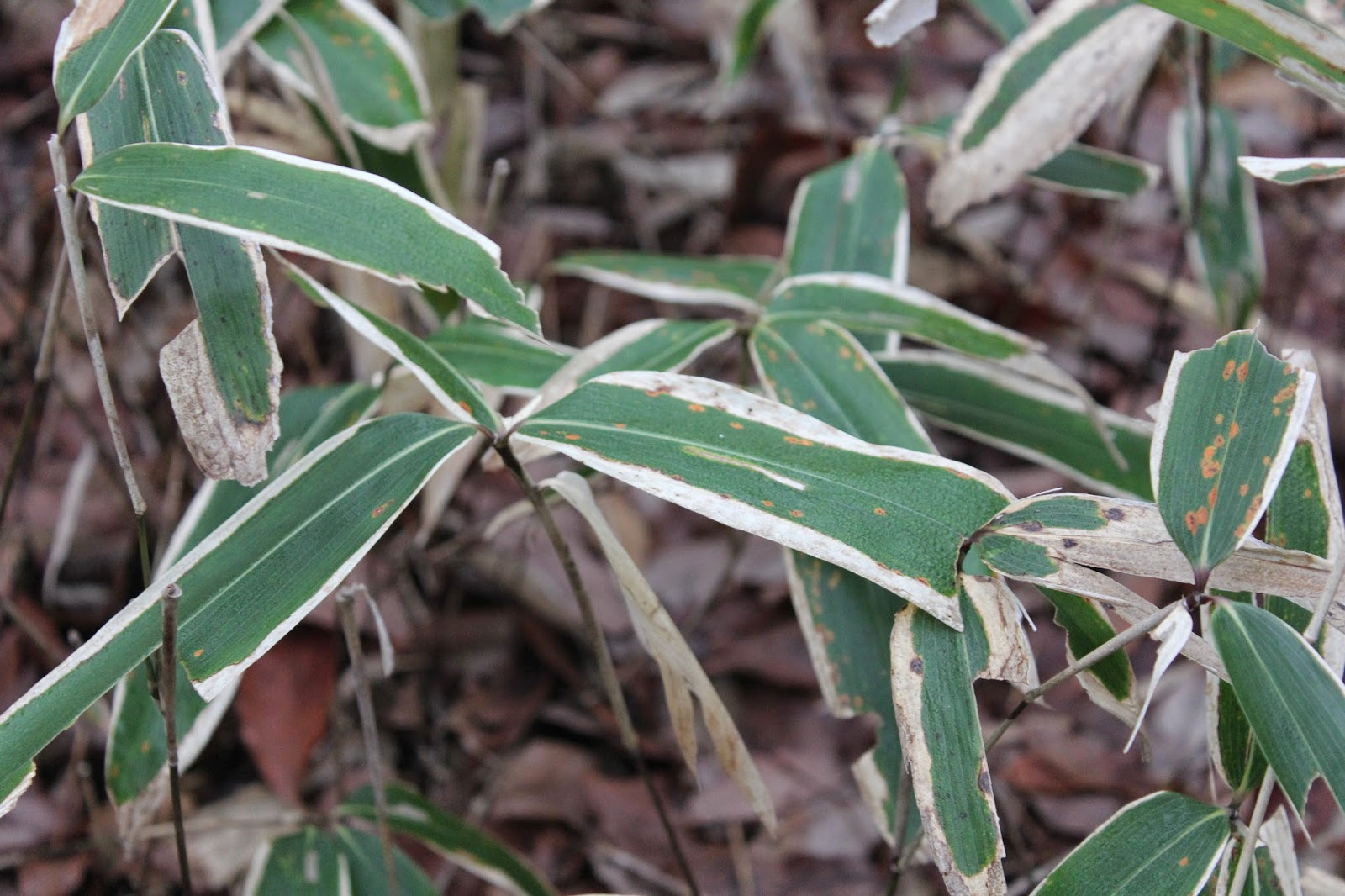




































































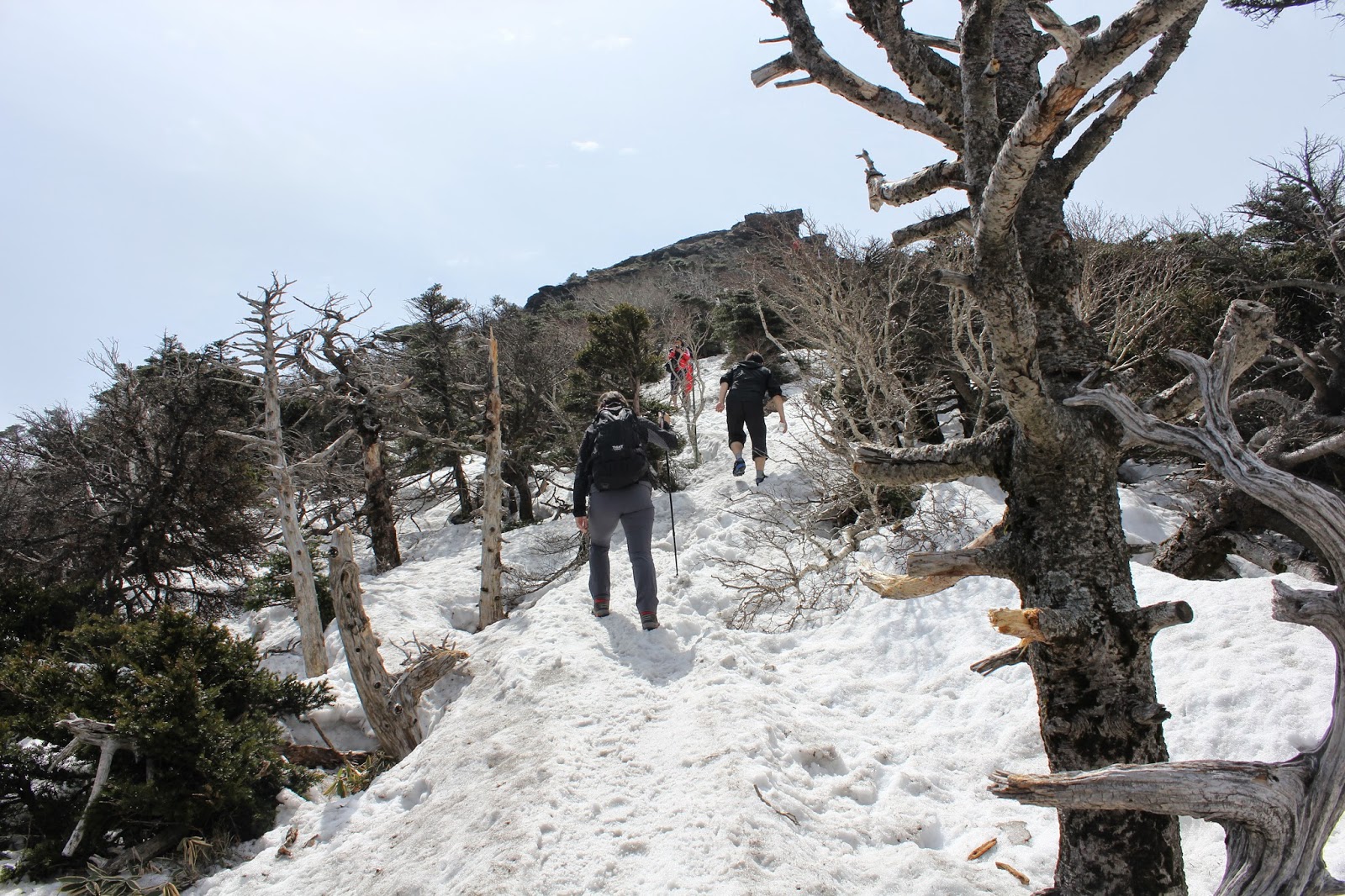









































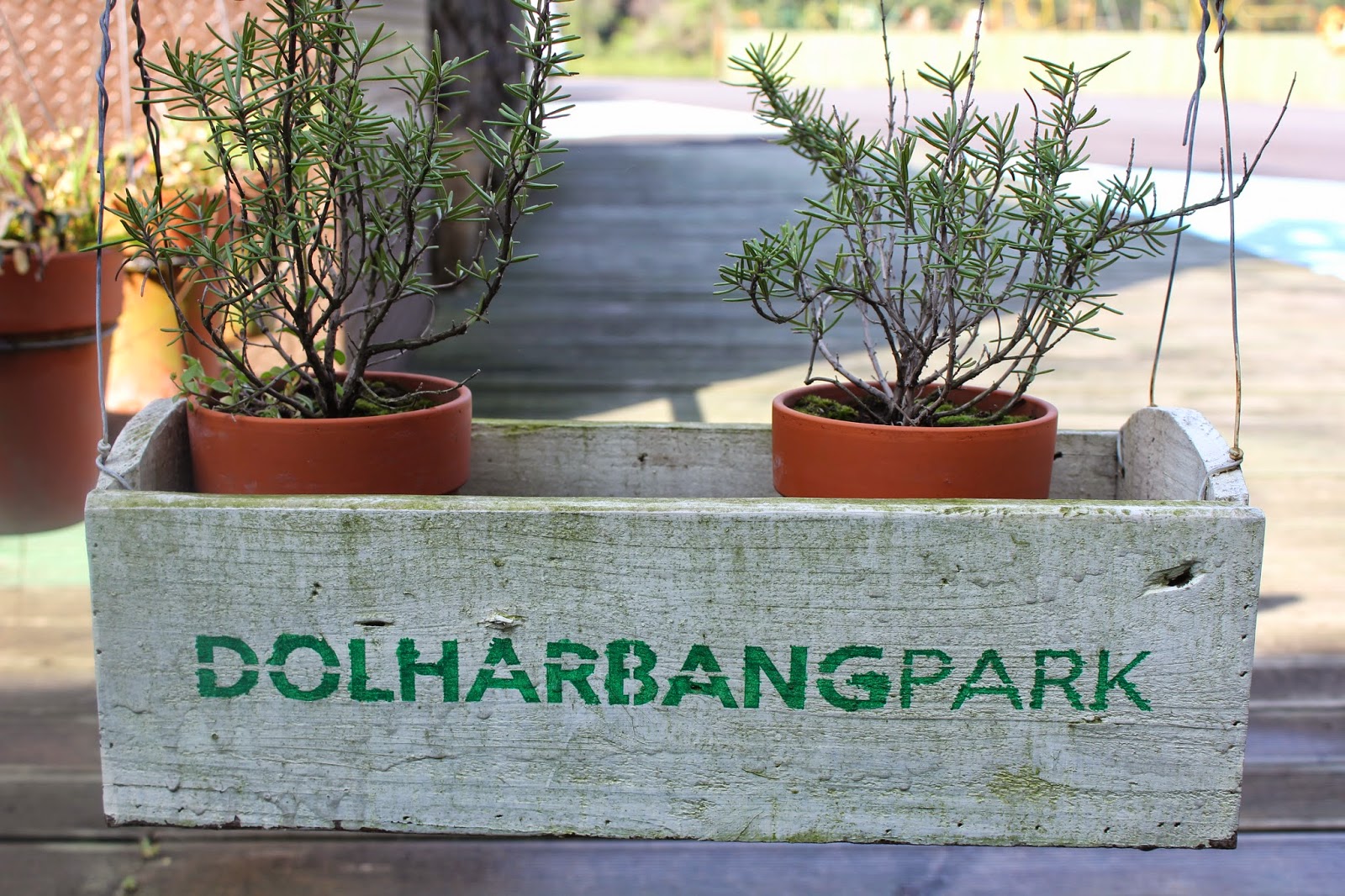








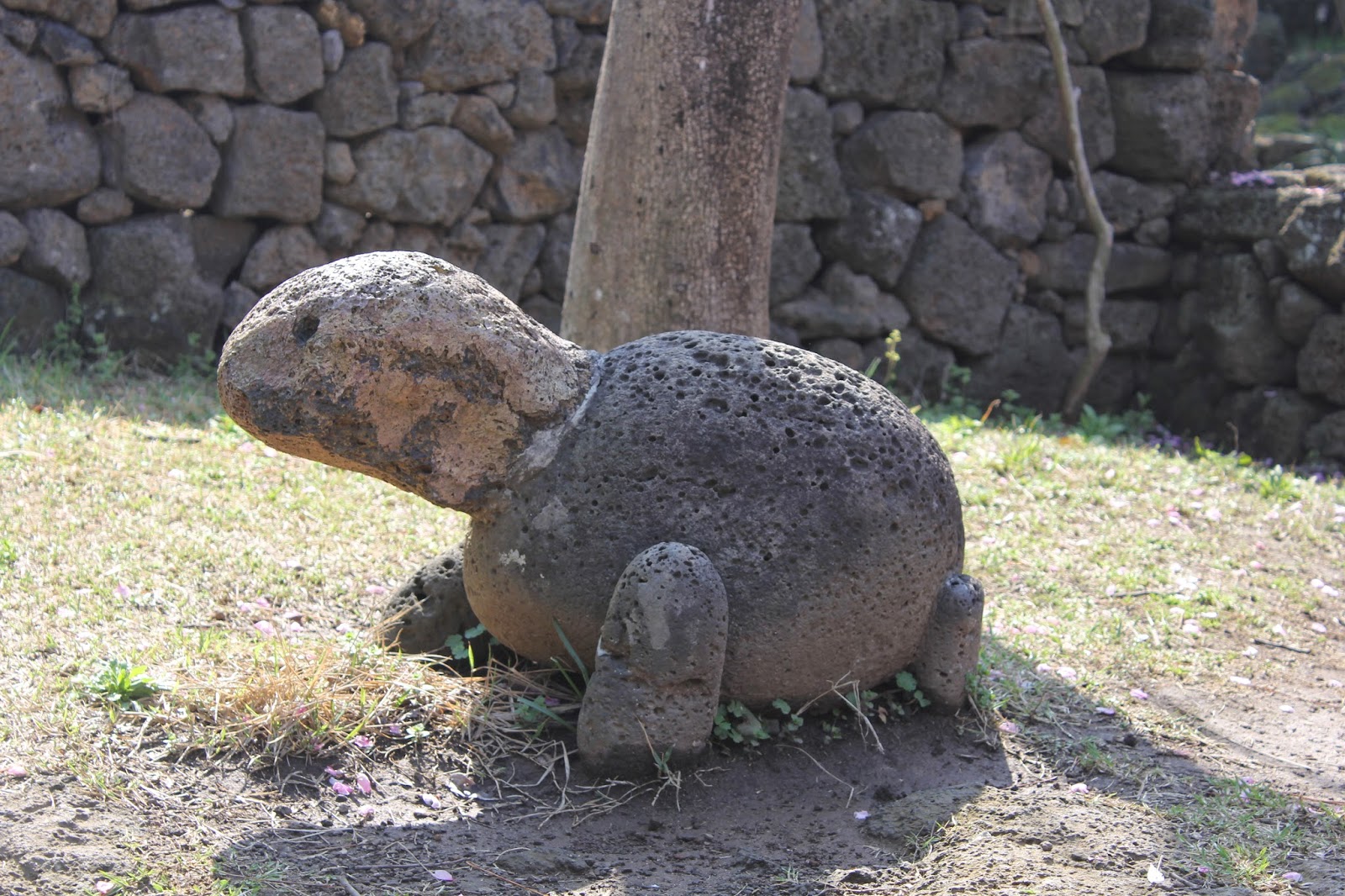



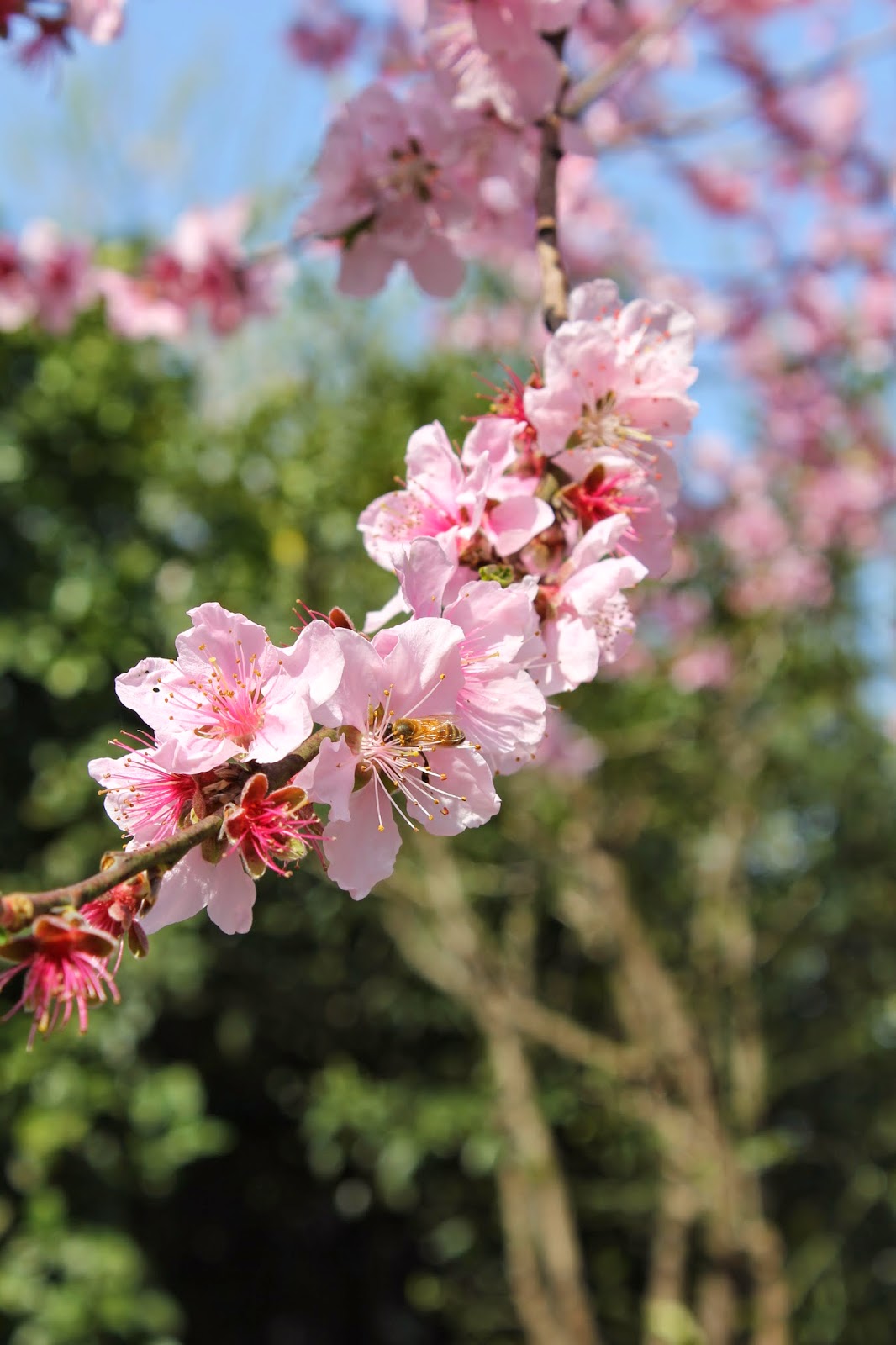
























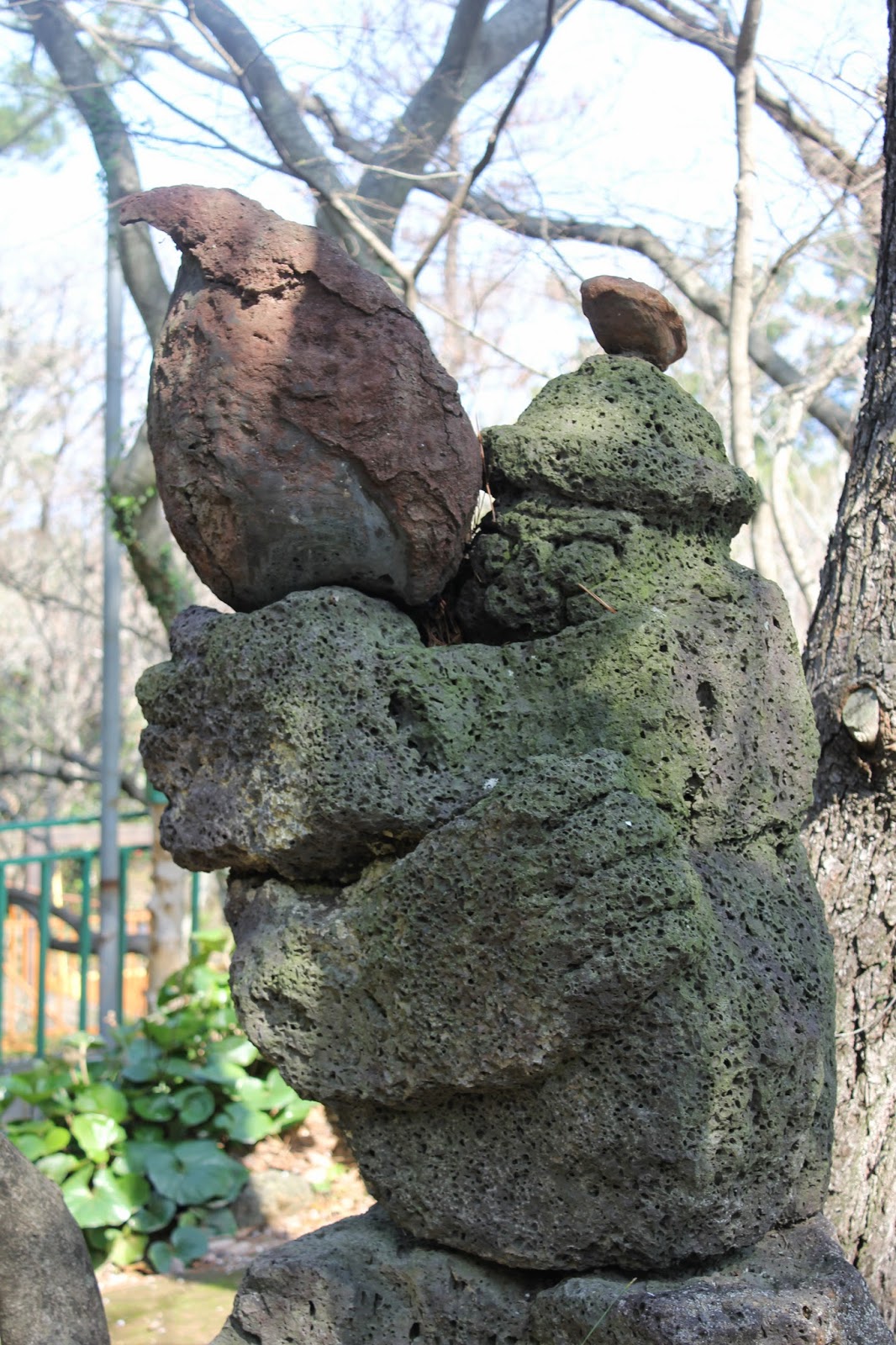




















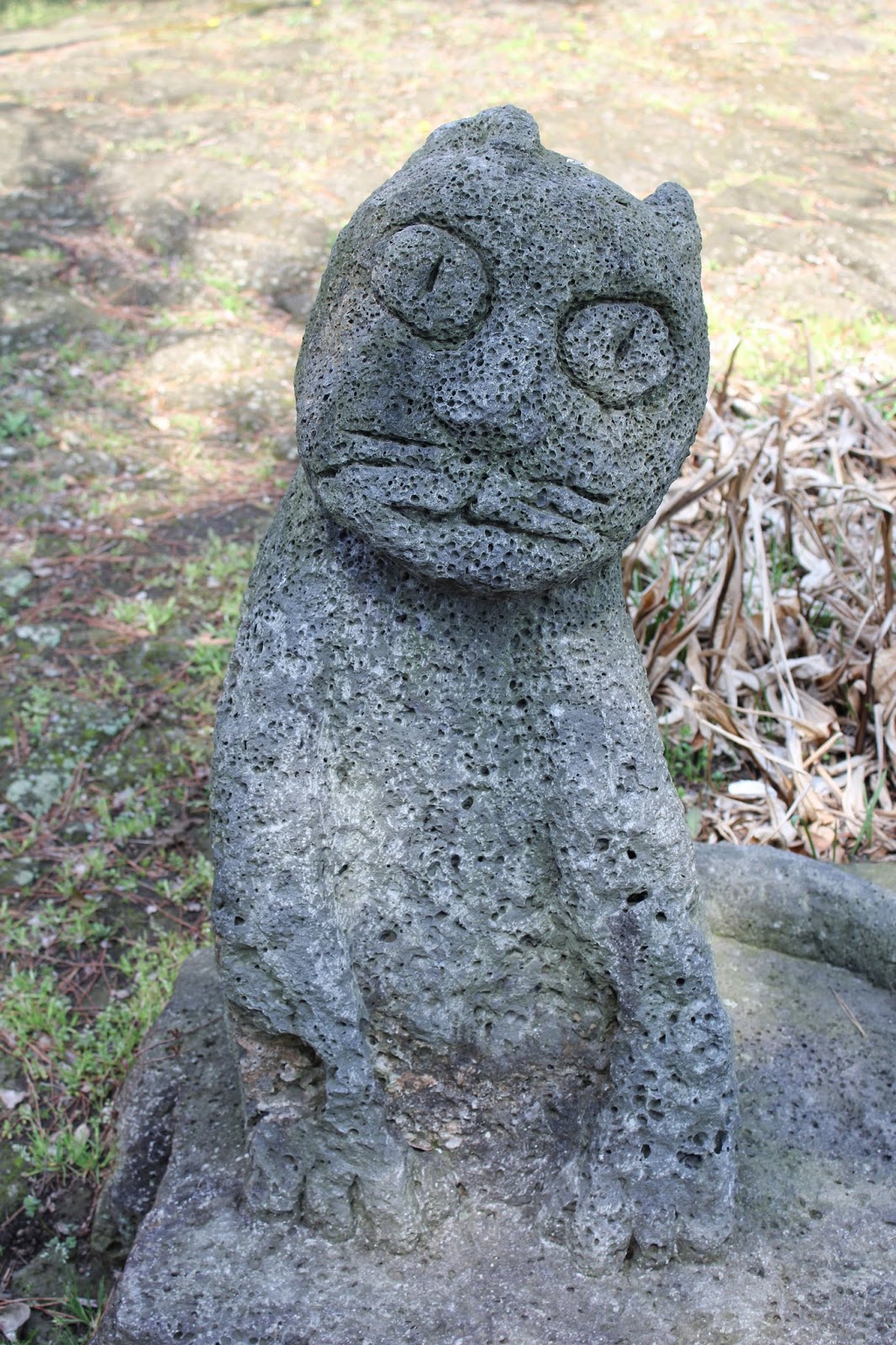







































































Ingen kommentarer:
Legg inn en kommentar